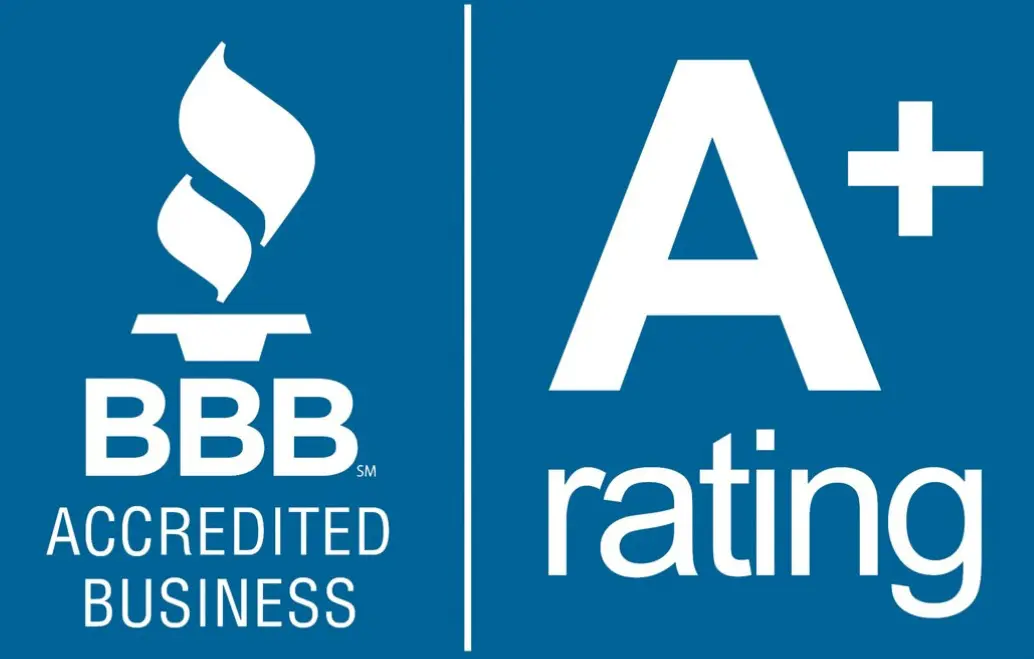5 Tell-Tale Signs of a Burnt-Out Employee

Employee burnout, or the feelings of disinterest, fatigue, and general reluctance that disengaged employees may feel toward their jobs, is a serious issue that affects many in the workforce. Given that nearly two-thirds of all workers have felt (or currently feel) burnt out on the job, it’s statistically likely that this is a feeling you’re familiar with yourself. It’s not uncommon for entrepreneurs and business owners to cite burnout in a previous job as their primary motivation for “striking out on their own.”
As terrible as burnout can be for employees, it’s an even bigger headache for managers and business owners. If left ignored, burnout can spread like wildfire through your company. It’s up to you to make sure it’s recognized and addressed before it costs you valuable talent. However, despite burnout seeming like an unavoidable HR obstacle, there are ways to identify it, remedy it, and prevent it from happening in the future. Keep an eye out for these 5 tell-tale signs of employee burnout, and use our tips to help find the appropriate solutions for your company.
1. Absenteeism.
The most obvious sign that an employee is suffering from burnout is increased absenteeism. When an employee is overwhelmed with stress and anxiety from their job, they may see physical escape as a temporary solution to their problems. They may call in sick more frequently, or suffer from a series of “accidents” due to a string of “bad luck.”
Worse, they may actually be getting sick more often. The body’s immune system doesn’t take kindly to exorbitant amounts of stress, resulting in frequent colds, fevers, stomach illnesses, and more. Some employers make a common mistake by accepting that an employee has been sick more frequently, without properly investigating to see if stress and overwork is an underlying cause. You can help by implementing wellness programs that encourage physical well-being and teach employees how to manage stress in healthy, productive ways.
2. Chronic Exhaustion.
The nature of work itself is difficult and labor-intensive, but it shouldn’t be so overwhelming that your employees are perpetually exhausted. If your employees are unable to complete all of their tasks and responsibilities during normal business hours, and they’re using their personal time to keep their heads above water, you must evaluate their workload and adjust it accordingly. If this is the case, the likely culprit is one of two things: Either they have too much on their plate, or not enough time to reasonably achieve their goals.
If your employee’s workload is too much for them to handle, all of their work will suffer as a result. Even your highest-performing employees have their limits. Redistribute their workload, even if you must hire an additional pair of hands to get it done.
3. Increased frequency of errors and mistakes.
Attention to detail is a natural byproduct of an invested, engaged employee. As such, it’s one of the first things to evaporate when an employee begins to burn out. As an employee begins to tire of their work, they’re more likely to let small mistakes slide. Over time, the small mistakes add up to paint a picture of someone who has lost interest in the task at hand.
If a formerly precise employee starts to let things slip through the cracks, you might have a disengaged employee who is at risk of burning out. If a decline in performance becomes a long-term trend, discuss the issue with your employee and provide them with an outlet to express their thoughts and feelings, either through group meetings, or an anonymous communication channel if they’re uncomfortable with discussing these issues openly.
4. Heightened sensitivity to criticism.
If an employee has been slipping up on the job as a result of burnout, they’re also more likely to respond to criticism with aggression and defensiveness. They might feel like their performance is being judged under a microscope, and are more likely to feel attacked and ridiculed when receiving constructive criticism from their peers or managers. Even minor feedback can register as a personal attack when a person has had a bruising month on the job.
If you sense that a formerly receptive team member has begun to take helpful advice for a demeaning slight, it’s your job to dig deeper to the source of the problem. Communicate with your team to identify the underlying dissatisfaction, and make visible efforts to address the problem. An embattled employee is more likely to stay with the company when they feel like their concerns are taken seriously by management.
5. Obvious changes in overall attitude.
Does your employee drag his or her feet through the door every morning, punching the clock at the exact moment their shift was to begin? Is their attention drawn to the time during the last hour or two of their day, ending with a mad dash for the exit as soon as their shift ends? If you get the impression that your team member is ready to throw in the towel at the soonest possible moment, you have clear evidence that something is amiss.
Watch for changes in overall mood and demeanor in your staff. If your office optimist has started reacting to his or her marching orders with pessimism, it’s time to have an open discussion with them about their feelings toward their job. Cynicism in the workplace can be toxic and counterproductive. If you don’t address it head-on, one employee’s sour grapes can spiral into a vortex of negativity that envelops the whole team.
While burnout is common and frequent, it’s not impossible to reduce or eliminate. With proactive leadership, clear two-way communication, and special attention to the health of your overall company culture, you can identify the problem, start honest dialogue, and execute an appropriate solution for any burnout that may arise. Talent in today’s workforce is just too valuable to lose.

